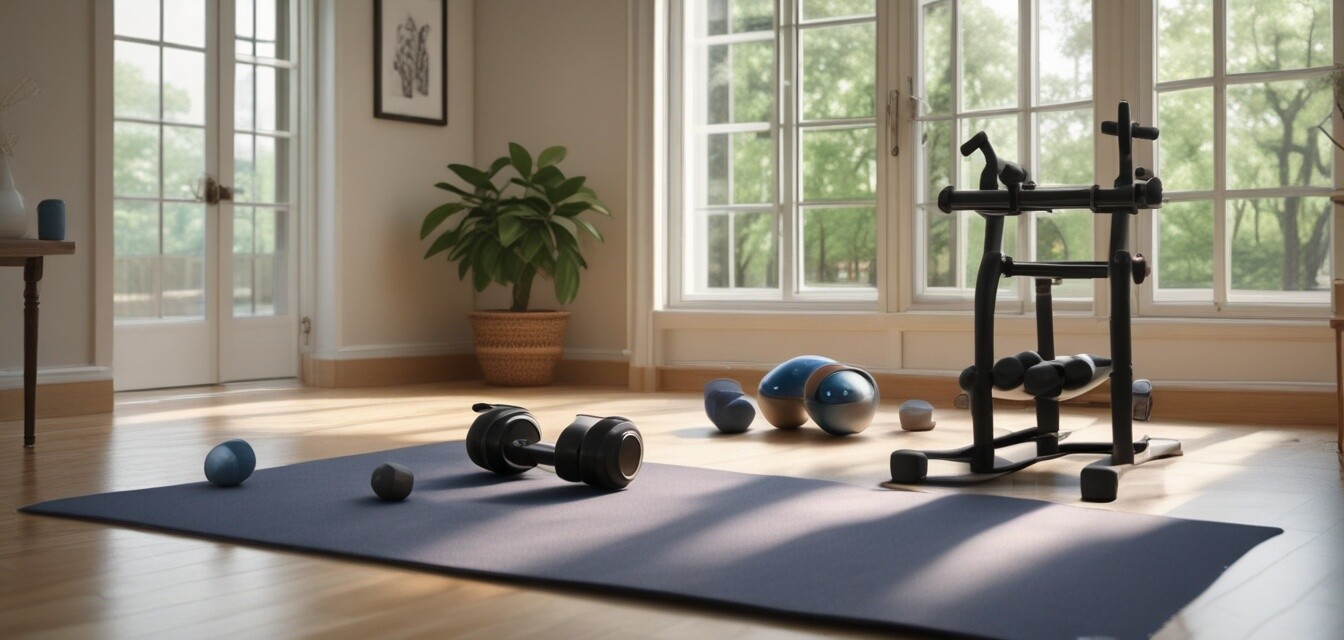
Choosing the Right Rehabilitation Equipment for Seniors
Key Takeaways
- Identify specific rehabilitation needs of seniors.
- Prioritize safety and ease of use in equipment selection.
- Consider multifunctional and adjustable equipment options.
- Consult professionals for personalized recommendations.
- Check for space requirements before purchasing equipment.
As we age, it's essential to maintain our physical health and independence. Rehabilitation equipment plays a vital role in helping seniors recover from injuries, surgeries, or even daily wear and tear. This guide will provide insights into selecting the right rehabilitation equipment to support their recovery processes effectively.
Understanding Rehabilitation Needs
Before selecting rehabilitation equipment, it's important to understand the specific needs of the senior involved. Different conditions may require different types of support. Here are some common scenarios:
- After surgery recovery
- Physical therapy for injuries
- Improving mobility and balance
- Enhancing strength and flexibility
Consulting with Professionals
Engaging with healthcare professionals—such as physical therapists or occupational therapists—can provide a clearer view of what equipment is necessary. They can assess individual capabilities and limitations while offering personalized recommendations. Make sure to discuss any specific health concerns beforehand. Learn more about safety tips to consider during recovery.
Types of Rehabilitation Equipment
There are several categories of equipment designed for rehabilitation, each serving different functions. Here's a table comparing various types of rehabilitation equipment:
| Equipment Type | Purpose | Key Features |
|---|---|---|
| Dumbbells | Build strength | Variety of weights, easy to handle |
| Resistance Bands | Increase flexibility and strength | Adjustable resistance levels, portable |
| Balance Boards | Enhance balance and coordination | Stability support, lightweight |
| Yoga Mats | Provide comfort during exercises | Non-slip surface, cushion support |
| Exercise Books | Guide workouts | Step-by-step illustrations and instructions |
Choosing the Right Equipment
While selecting rehabilitation equipment, here are some factors to consider:
- Safety: Ensure equipment is stable and designed for senior use.
- Ease of use: Consider how easy it is for seniors to operate.
- Space: Confirm there's adequate room for equipment in the home.
- Adjustability: Look for multi-functional equipment that can grow with recovery.
Budget Considerations
Budget is often a significant factor in deciding what rehabilitation equipment to purchase. Here are some tips to manage costs:
- Research prices online and compare features.
- Look for sales or discounts when purchasing equipment.
- Consider buying used or refurbished items if they meet safety standards.
- Evaluate if renting equipment is a viable option until full recovery.
Beneficial Additions
In addition to the basic rehabilitation equipment, consider some supportive tools that might enhance recovery:
- Foam rollers: For muscle tension relief.
- Stability balls: To improve balance and core strength.
- Weighted vests: To add resistance during low-impact activities.
Monitoring Progress
It's crucial to keep track of progress while using rehabilitation equipment. Creating a simple log can help understand improvements and areas that need more focus. Regularly communicate with healthcare professionals about performance.
Potential Challenges
It's important to be aware of potential challenges seniors may face while using rehabilitation equipment:
Pros
- Improved physical health and independence.
- Enhanced mobility and reduced risk of falls.
- Support for faster recovery after injuries.
Cons
- Possible frustration due to limited mobility.
- Need for supervision when using complex equipment.
- Challenges in adjusting to new routines.
Conclusion
Selecting the right rehabilitation equipment is an essential step for seniors on their road to recovery. By focusing on safety, ease of use, and personalized needs, families can empower their loved ones to regain strength and independence effectively. Stay informed and consult professionals as necessary to make the best decisions. For more insights, check out our buying guides on various rehabilitation tools and resources.